Faculty Directory
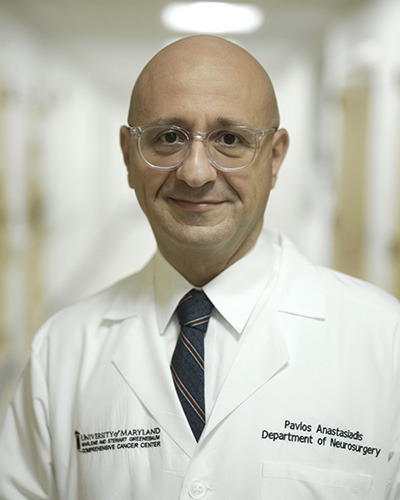
Anastasiadis, Pavlos
Adjunct Professor
Assistant Professor, University of Maryland School of Medicine
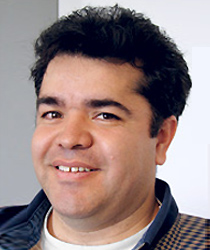
Aranda-Espinoza, Helim
Associate Professor
Associate Chair and Director of Graduate Studies
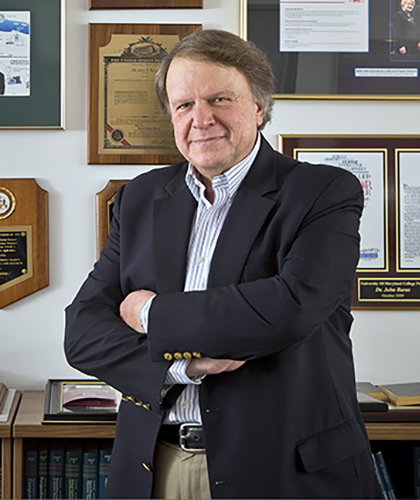
Baras, John S.
Distinguished University Professor
Lockheed Martin Chair in Systems Engineering
Founding Director, Institute for Systems Research, 1985-1991
Director, Maryland Hybrid Networks Center, 1992-present
Affiliate Professor, Mechanical Engineering
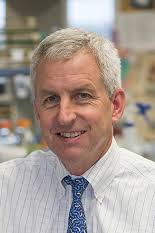
Bentley, William E.
Robert E. Fischell Distinguished Professor
Director, Robert E. Fischell Institute for Biomedical Devices
Director, Maryland Technology Enterprise Institute
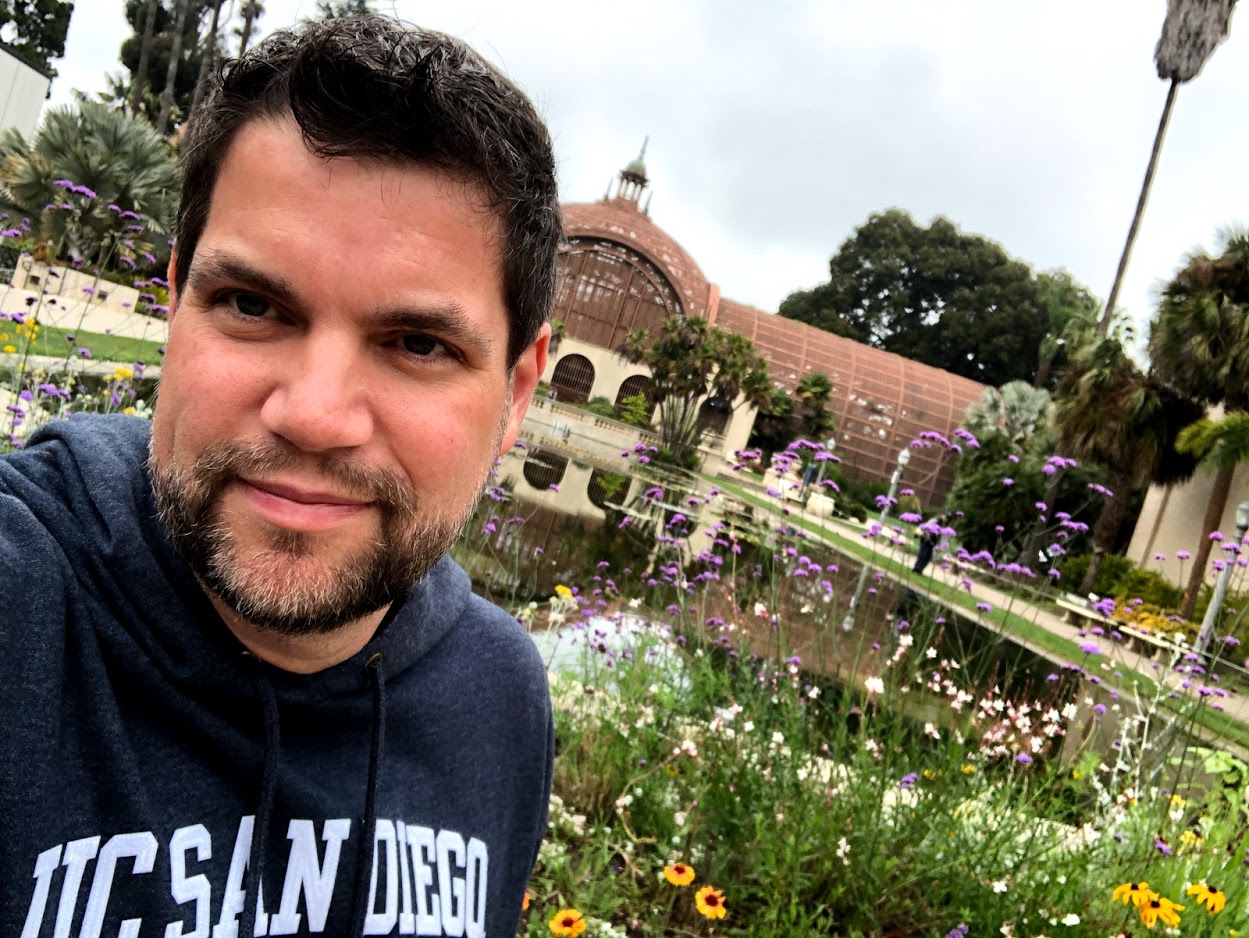
Blair, Brian
Lecturer

Callura, Jarred
Lecturer
Biocomputational Engineering
Fischell Department of Bioengineering
Fischell Department of Bioengineering
4123 Biomedical Sciences and Engineering, Universities at Shady Grove
jcallura@umd.edu
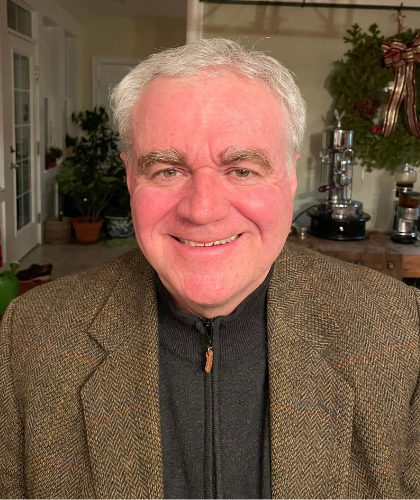
Cattaneo, Maurizio
Adjunct Associate Professor
Founder and CEO – Artemis Biosystems, Inc.
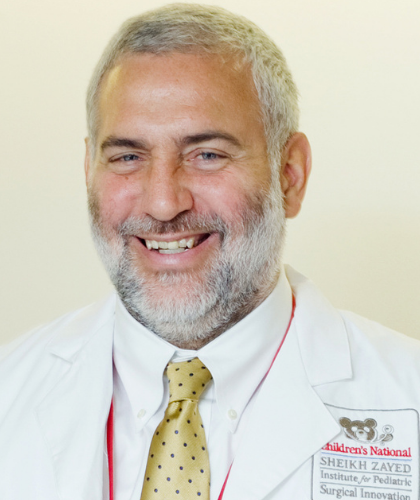
Cleary, Kevin
Adjunct Professor, Fischell Department of Bioengineering
Associate Director for Engineering, The Sheikh Zayed Institute for Pediatric Surgical Innovation, Children's National Hospital
Fischell Department of Bioengineering
Children's National Hospital 6th Floor Main Hospital, Room M7778 111 Michigan Avenue NW Washington, D.C 20010
krcleary@umd.edu
202-476-3809
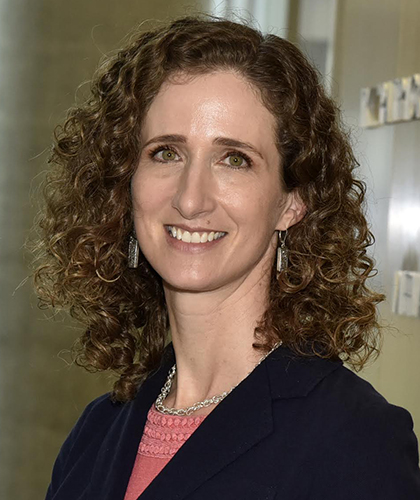
Clyne, Alisa Morss
Professor
Fischell Fellow
ADVANCE Professor

Cooksey, Gregory
Adjunct Professor
Project Leader, Microsystems and Nanotechnology Division, National Institute of Standards and Technology

Culver, James
Affiliate Professor
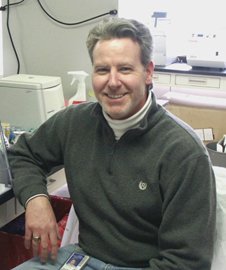
Delehanty, James
Adjunct Professor
Research Biologist IV, Center for Bio/Molecular Science and Engineering, U.S. Naval Research Laboratory

DeShong, Philip
Professor

DeVoe, Don
Wilson H. Elkins Professor
Associate Chair of Research & Administration
Fischell Institute Fellow

Duncan, Gregg
Associate Professor
Fischell Department of Bioengineering
Robert E. Fischell Institute for Biomedical Devices
Robert E. Fischell Institute for Biomedical Devices
4116 A. James Clark Hall
gaduncan@umd.edu
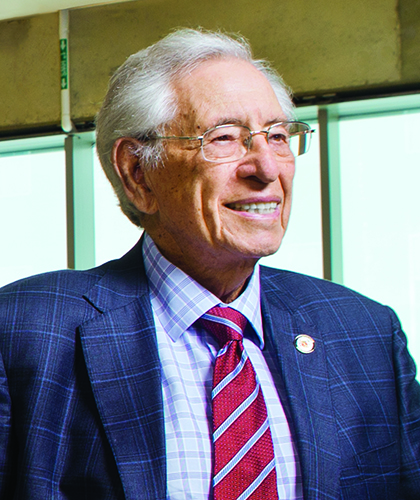
Fischell, Robert E.
Professor of Practice

Fisher, John
Distinguished University Professor & Department Chair

Ghodssi, Reza
Herbert Rabin Distinguished Chair in Engineering
Former Director, Institute for Systems Research (2009-2017)
Executive Director of Research and Innovation
Fischell Institute Fellow
Founding Co-Director, Brain and Behavior Initiative/Institute (2015-2021)

Goldberg, Deborah S.
Senior Lecturer
Associate Chair for Community Engagement & Development

Griffith, Bartley
Adjunct Professor, Fischell Department of Bioengineering
Professor of Surgery, University of Maryland School of Medicine
Fischell Affiliate Fellow, Robert E. Fischell Institute for Biomedical Devices
Fischell Department of Bioengineering
A. James Clark School of Engineering
University of Maryland School of Medicine
Robert E. Fischell Institute for Biomedical Devices
A. James Clark School of Engineering
University of Maryland School of Medicine
Robert E. Fischell Institute for Biomedical Devices
Division of Cardiac Surgery 110 S. Paca Street, 7th Floor Baltimore, MD 21201
bgriff10@umd.edu
(410) 328-5842
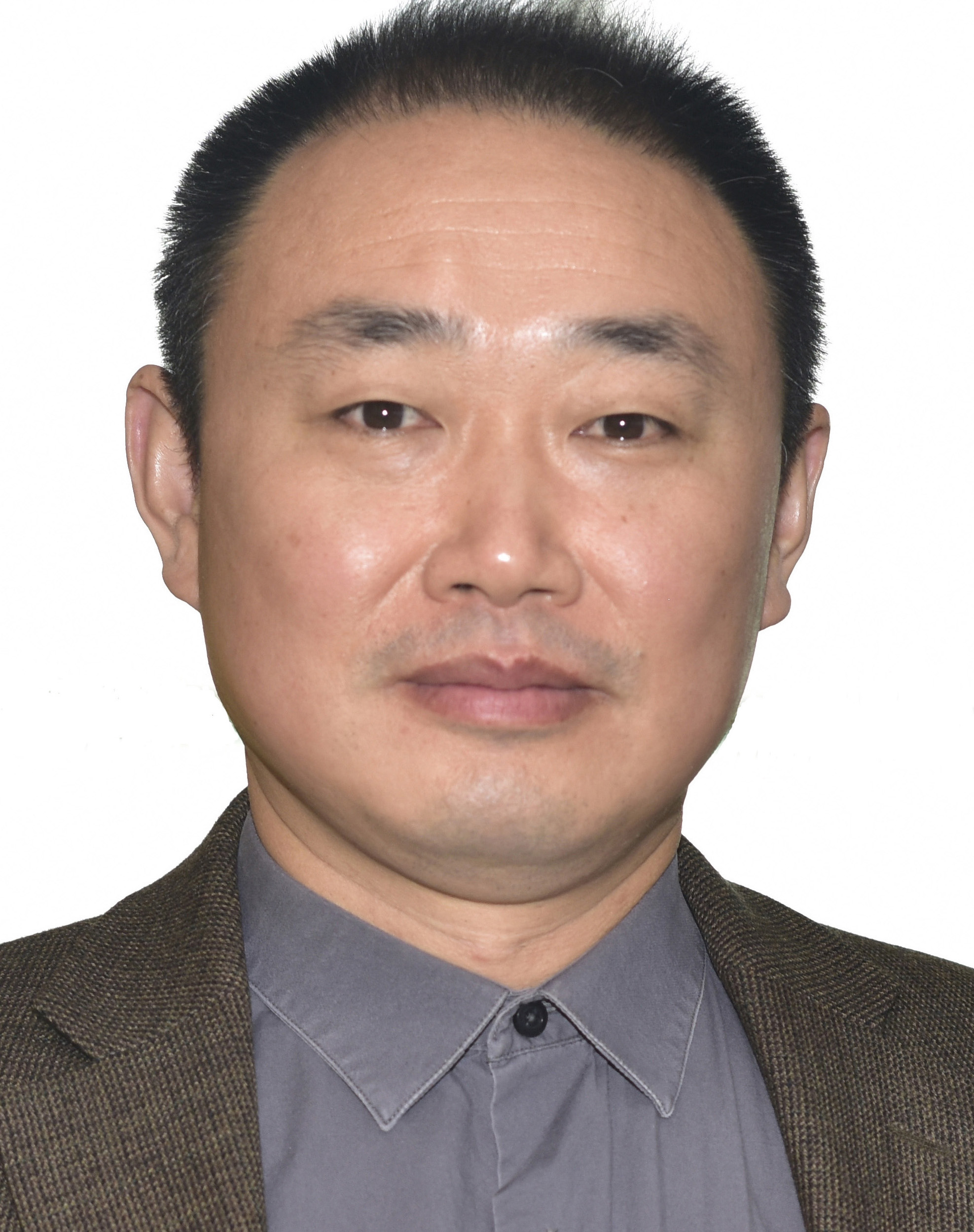
He, Xiaoming (Shawn)
Professor

Herold, Keith

